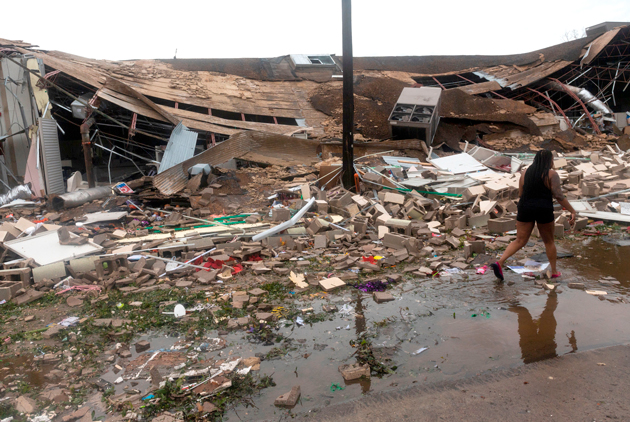With climate change quickly becoming one of the most important issues facing the world, Lloyd’s Chairman Bruce Carnegie-Brown stressed the importance of ESG initiatives to address the threat, as well as the vital role of risk managers, in today’s keynote address at the RIMS ERM Conference 2021 in New York City.
As evidenced by the increasing number of weather and climate-related natural disasters in recent years, the stakes couldn’t be higher for organizations and communities around the world, according to Carnegie-Brown. “Disruption, poorly managed, could destabilize our economy,” he said.
“Delay could destroy our ecosystem.”
Failing to take action on the climate change threat is not a sustainable strategy and will only exacerbate the damage in the future, Carnegie-Brown warned. In the face of these threats, risk managers have an important role to play in helping their organizations embrace ESG and become more resilient. “A business’s risk operations are an essential component of building ESG into the organization—often they are the driving force.
” he said. “Executives rely on their insight to power their decisions and navigate the pitfalls of new challenges. Like insurance, it enables braver decisions and more courageous action. Communicated effectively, that insight can establish a permanent place at the table for risk management.”
To be most effective, Carnegie-Brown suggested that risk managers play close attention to how they are perceived and how they interact with the rest of the organization. “If risk managers are perceived as being reactive, we need to make sure we are on the front-foot in understanding and assessing these emerging issues,” he said. “If we’re perceived as operating in the shadows, we need to be transparent in our methodology and in our motives. And if we’re perceived as obstructive, we should consider a flexible approach that allows our organizations to act innovatively and with an awareness of the potential risk.”
While it represents a daunting challenge, Carnegie-Brown saw an opportunity for risk managers to demonstrate their value by taking on the difficult task of developing organization-wide plans to address climate change. “Those plans must account for the multifaceted nature of environmental risk, they must employ the best of our skills and technologies to communicate the risk to our stakeholders, and they must be built to facilitate and orderly and urgent transition,” he said.
“Achieving this will allow us to carve out a pioneering role for risk management in the fight against climate change, while helping our organizations to become more inviting to investors, more attractive to prospective employees, and more likely to last sustainably in the decades to come.”


